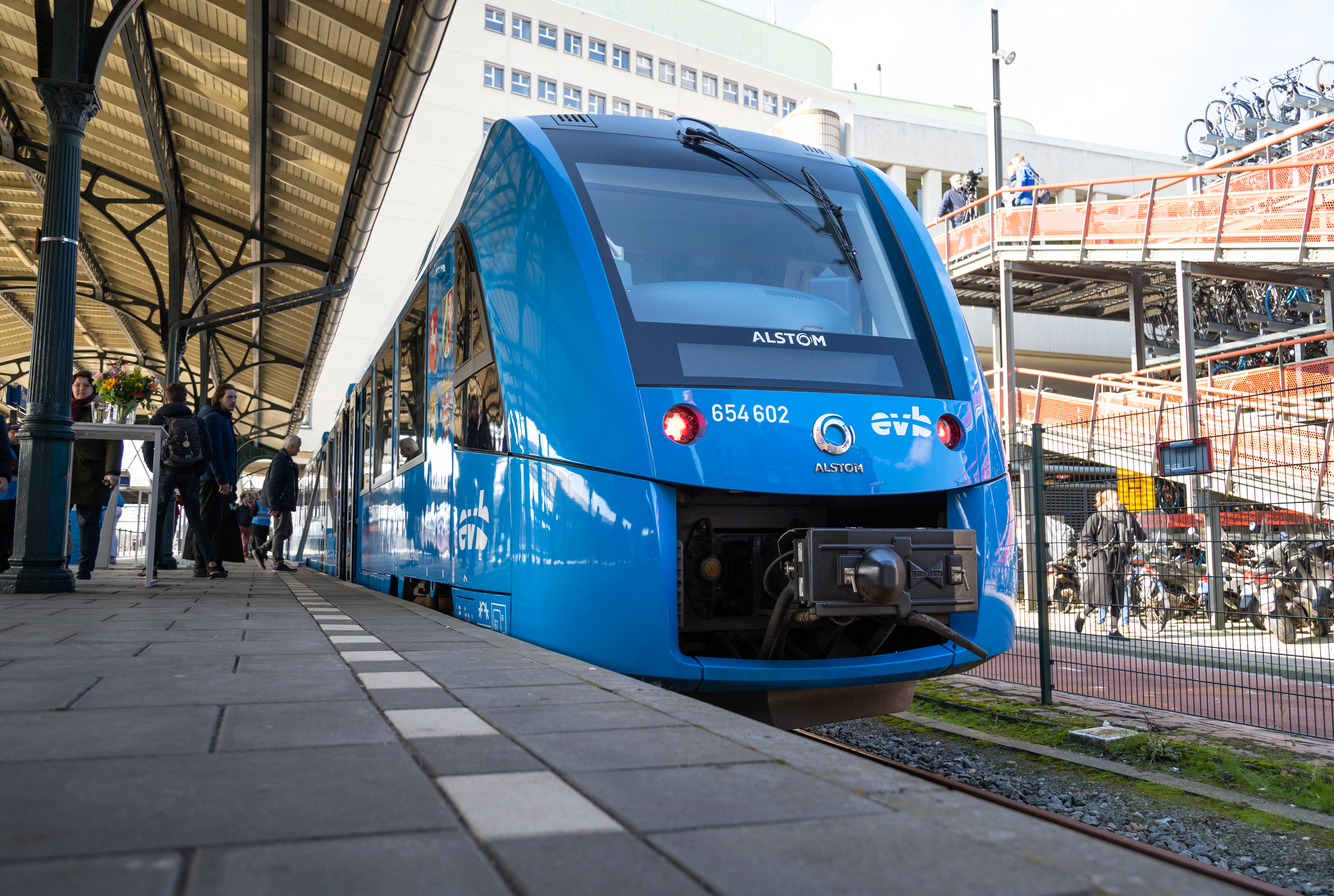On Track for decarbonization: What strategies for the Railway Sector?

Here’s an in-depth look at the solutions and challenges, presented by Benoît, an environmental engineering expert at IKOS Group.
One-third of the French network runs on diesel
Despite trains being more energy-efficient than other modes of transportation, a third of the French railway system still relies on fossil fuels. Major traffic routes are electrified, often using nuclear power, but rural and suburban lines often lack electrification and need more attention in decarbonization initiatives. Currently, according to the Ministry of Ecological and Solidarity Transition, diesel powers a third of the French rail network, equating to nearly 3,000 kilometers of railway tracks. The cost of electrifying these lines would be substantial, given the traffic volume and operational profitability.
The time for retrofitting has come
Retrofitting is a priority, with about 1200 trains impacted. This process involves modifying or converting rolling stock to lower its carbon footprint by substituting traditional propulsion systems with greener alternatives. These changes require several adaptations to match the performance of standard propulsion.
There are numerous alternative solutions: hydrogen, batteries, hybrid systems, biofuels. Each technology has both benefits and challenges. However, the decision isn’t made lightly and depends on a multifactorial analysis. This analysis considers economic, technical, territorial, operational, and, importantly, environmental aspects, which vary based on the lines.
Hydrogen, a promising path
The creation of "industrial hubs" for hydrogen production could be a game-changer. However, it’s crucial that this energy is produced cleanly to genuinely decrease our carbon footprint. The challenge is significant, but the potential is promising. According to a study by the International Energy Agency (IEA), green hydrogen could account for nearly 18% of the global energy demand by 2050, thereby reducing CO2 emissions by over 6 billion tonnes annually.
Batteries: a double-edged solution
According to an analysis by the Joint Research Centre of the European Commission, the use of lithium-ion batteries in the railway sector could reduce CO2 emissions by up to 70% compared to diesel trains. However, their environmental impact and low autonomy should not be overlooked.
The extraction of these rare metals negatively impacts the environment. Acidification of land and oceans, rare earth extraction... the impact of this industry exceeds the CO2 emissions. This calls for a comprehensive evaluation of these solutions’ overall impact, as focusing solely on greenhouse gas emissions would provide an incomplete comparison.
Low autonomy can also be a barrier to adoption. However, this can be mitigated by installing overhead lines along the railway track, enabling trains to recharge their batteries en route.
Education at the heart of change
Amid these changes, humans remain central in the transition. Engineering schools are progressively integrating these new technologies. New theses are exploring innovative methodologies to steer our choices towards a more sustainable future. It is now time to prepare our future engineers for the upcoming challenges. A survey by the Union of the European Railway Industries (UNIFE) reveals that over 70% of railway sector companies anticipate a need for specialized skills in clean energy and decarbonization technologies by 2025.

